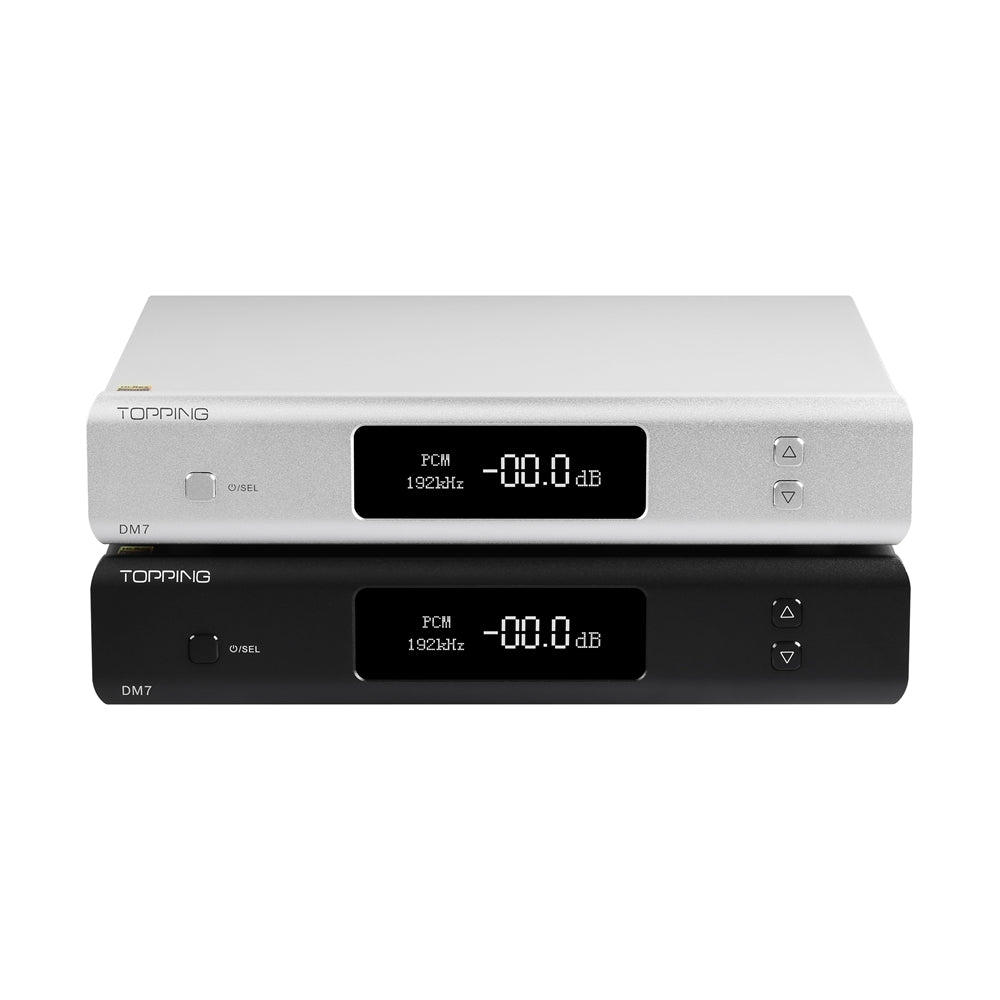I saw that Topping has, for ~$599 USD, a well-spec'd 8 channel DAC - it's definitely unique and interesting. From what I've seen on the market (multi-channel DAC market), unless you want to buy some preeetty expensive studio gear, you're not able to get 8 whole channels of state of the art digital to analog conversion in a single package for anywhere near $599.
Although it's affordable for what it is - $150 per 2 channels of -120, my project only requires 4 channels. If there was an identically spec'd 4 channel DAC for $299, I'd probably be all over it. Unfortunately, there's not! (if there is, please tell me lol)
Since I already have another DAC from Topping, one spec'd nearly as well and that's much more affordable, I've been eyeing getting another one. Since they're just $100 USD, I might be able to do what I'd like with a second DX1.
Since all USB audio devices have latency, and different DACs have different amounts of latency, I'm thinking two of the same USB audio devices with the same latency should be close enough to not cause timing issues.
Has anyone tried this? Or worked on getting two separate DACs to work in sync? Is worrying about this even necessary? (ie. is the software available capable of adjusting the timing of the signal to each DAC from a microphone? I've never used anything but some foobar plugins long in the past, so I don't know)
I hope this is a viable way to move forward... Tonight, my tweeter amp arrives!
Although it's affordable for what it is - $150 per 2 channels of -120, my project only requires 4 channels. If there was an identically spec'd 4 channel DAC for $299, I'd probably be all over it. Unfortunately, there's not! (if there is, please tell me lol)
Since I already have another DAC from Topping, one spec'd nearly as well and that's much more affordable, I've been eyeing getting another one. Since they're just $100 USD, I might be able to do what I'd like with a second DX1.
Since all USB audio devices have latency, and different DACs have different amounts of latency, I'm thinking two of the same USB audio devices with the same latency should be close enough to not cause timing issues.
Has anyone tried this? Or worked on getting two separate DACs to work in sync? Is worrying about this even necessary? (ie. is the software available capable of adjusting the timing of the signal to each DAC from a microphone? I've never used anything but some foobar plugins long in the past, so I don't know)
I hope this is a viable way to move forward... Tonight, my tweeter amp arrives!


